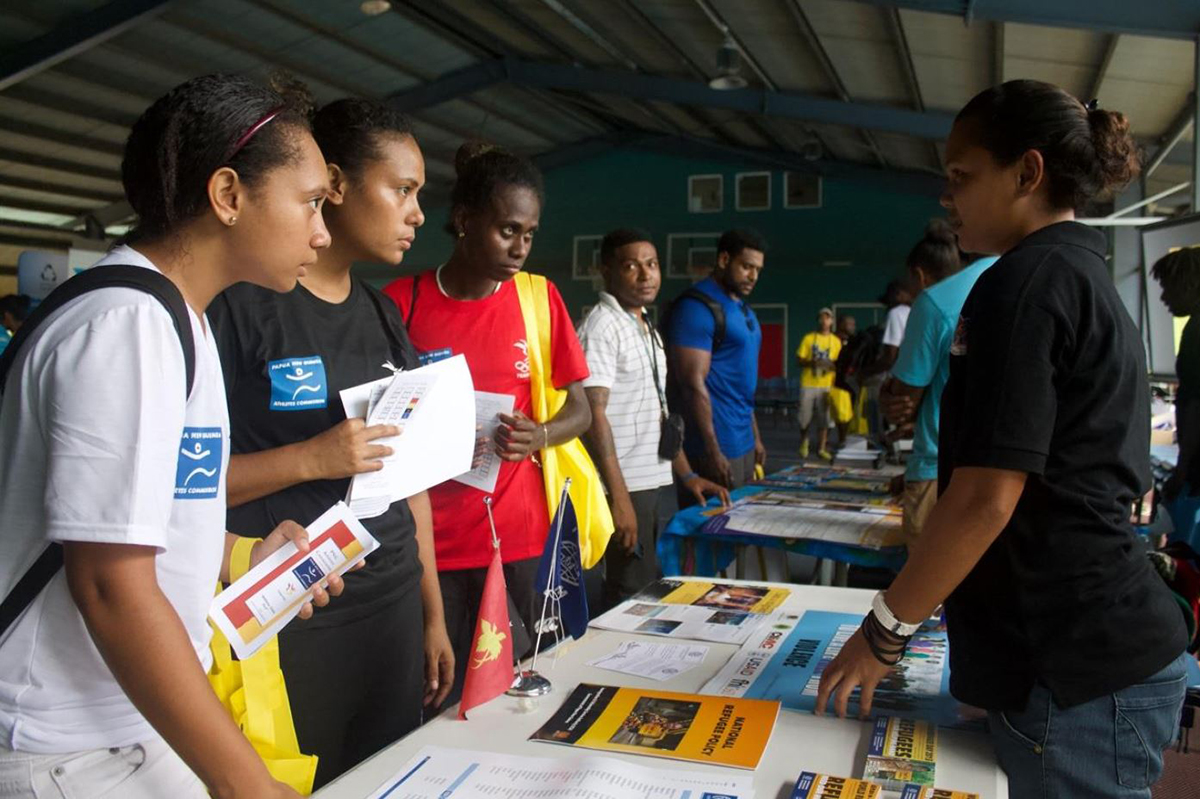This study examines the representation of violence against women and gender-based violence campaigns in Papua New Guinea (PNG). It explores the contexts surrounding engendered violence and strives to establish the efficacy of the United Nations violence against women campaign, Sanap Wantaim (Stand Together), in PNG. The insights of women and men on violence are investigated to determine the relationship between culture, development and violence. The role of the media is also examined in terms of the impact it could have in encouraging more in-depth reporting on the issue of violence and enabling victims to seek help. Data obtained from a range of participants via interviews identified a number of key factors responsible for perpetuating gender-based violence.
Findings from this study portray the prevalence of patriarchal values that block messages on violence. Patriarchy is embedded in most Papua New Guinean cultures (Lepani, 2008), thereby having an impact on women’s agency. However, culture cannot be blamed alone when colonisation and independence have prompted a shift from traditional to urbanised communities. Gender roles are not so confined as they once were (Eves, 2006) hence both women and men are navigating this change. While this research has identified that awareness on violence against women is high, there are gaps in the approaches to tackling violence against women, in terms of the language used and the minimal involvement of men as allies for gender empowerment.
Most of the participants have experienced various forms of violence and so there are mixed reactions to tackling the issue. The findings indicate that there is desensitisation and fear of the consequences of reporting, such as offender retaliation and distrust in law enforcement agencies such as the police. Journalists interviewed in this study highlighted the positive role they can play in alleviating violence yet this would involve transforming Papua New Guinean journalism into a more talanoa style of reporting where the people’s voices matter (Robie, 2014, 2019; Vaioleti, 2013/2014), particularly in a country when 80 percent of the population live in the rural areas. With most of the participants unsure of the media’s role in tackling gender-based violence, the use of both talanoa journalism and Vaioleti’s development of talanoa as a research method, would help facilitate more of an understanding of the rights discourse and shed light on positive changes in various communities.
The literature on violence reiterates the complex nature of power dynamics in PNG (Borrey, 2000; Lusby, 2014; McPherson, 2012; Morley, 1994). For example, some of these concerns include: that some cultural practices reinforce violence against women, normalise idealised versions of masculinity, and police women’s femininity. This study found significant support for the use of community-based interventions to encourage gender empowerment and dispel the existing narrative that culture has facilitated violence.



